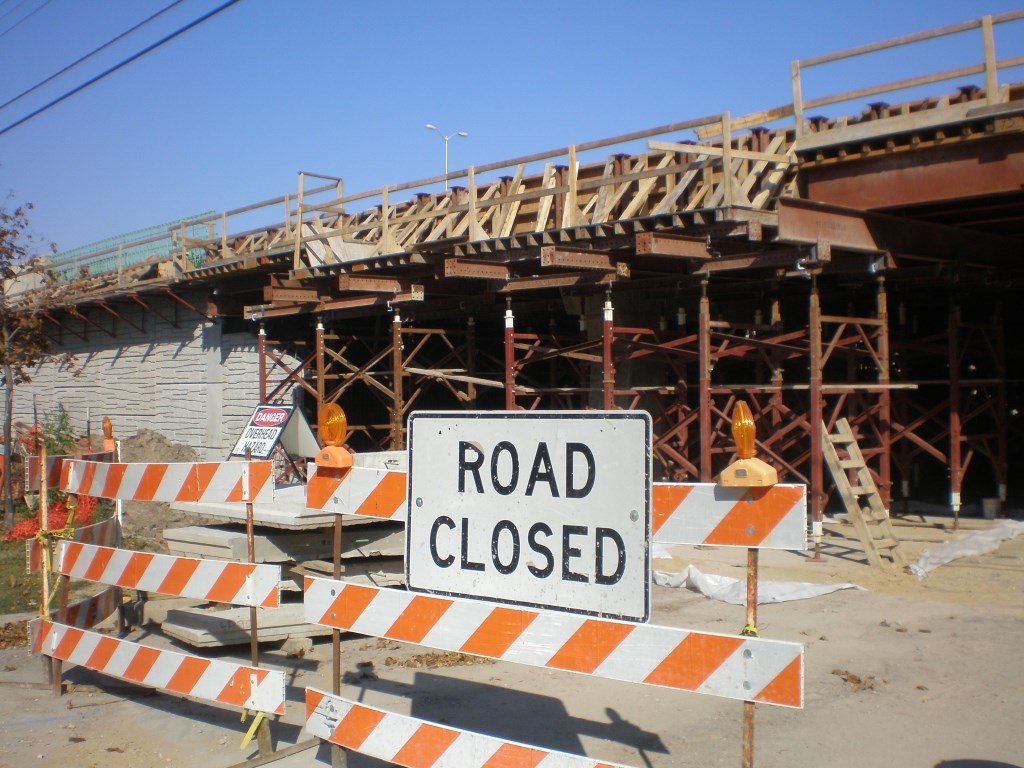Skilled Union Labor Rules Assure Quality Construction
Federal infrastructure law has quality standards which Wisconsin has moved away from.
As elected officials in Wisconsin, we have seen firsthand the pain that poorly executed construction can inflict on our communities. Since the state legislature did away with Prevailing Wage Laws and Project Labor Agreements, the quality of public works projects in Wisconsin has run from excellent to extremely poor. While these laws were targeted because they primarily required unionized workers to perform the work, they also set the standards for the worksmanship. One of the reasons that Wisconsin construction has withstood our harsh climate is because we have historically used primarily unionized building trades workers on most projects. Skilled workers, using high quality materials and proper construction methods, means that projects last longer and are safer.
Our crumbling infrastructure is one of the most significant problems facing the United States. The legislation reauthorizes surface transportation programs for five years and invests $110 billion in additional funding to repair our roads and bridges and support major, transformational projects. The bipartisan Infrastructure Law makes the single largest investment in repairing and reconstructing our nation’s bridges since the construction of the interstate highway system. It will rebuild the most economically significant bridges in the country, as well as thousands of smaller bridges, while sourcing workers locally and training future building and construction trades workers.
Implementation of this bill incentivizes the usage of high quality Department of Labor Registered Apprenticeship Programs that teach the production of efficient well-constructed assets. These standards ensure that the job is done right by a qualified workforce so that the American taxpayer will not pay repeatedly to fix or rebuild an inferior job.
One example of past failures is found in our corroding bridges. In cold climates like Wisconsin, we use a lot of salt in the winter. While salt is the best way to keep drivers safe, salt can also corrode bridges. Degradation of bridge infrastructure is often the result of: a lack of corrosion prevention initiatives; simple mistakes made during the construction process; and delayed maintenance. Policy should set a tone that best practices, quality work by certified corrosion specialists, and proactive management are required, so we can ensure careless oversights no longer happen.
Bryan Kennedy, Ph.D., is Mayor of Glendale and Andy Buck is a Winnebago County Supervisor. Andy is Director of Government Affairs with the International Union of Painters and Allied Trades, District Council 7, and Bryan is a longtime member of American Federation of Teachers, Local 3535.
Op-Ed
-
Wisconsin Candidates Decry Money in Politics, Plan to Raise Tons of It
 Dec 15th, 2025 by Ruth Conniff
Dec 15th, 2025 by Ruth Conniff
-
Trump Left Contraceptives to Rot; Women Pay the Price
 Dec 8th, 2025 by Dr. Shefaali Sharma
Dec 8th, 2025 by Dr. Shefaali Sharma
-
Why the Common Council’s Amended Budget is Good Policy for Milwaukee
 Nov 20th, 2025 by Alds. Marina Dimitrijevic and Russell W. Stamper, II
Nov 20th, 2025 by Alds. Marina Dimitrijevic and Russell W. Stamper, II





















can you provide specific examples of “simple mistakes made during the construction process” that has caused the Degradation of bridge infrastructure in Wisconsin?
and please include links to the sources that have knowledge and have documented these mistakes.
I am very curious, thank you in advance!